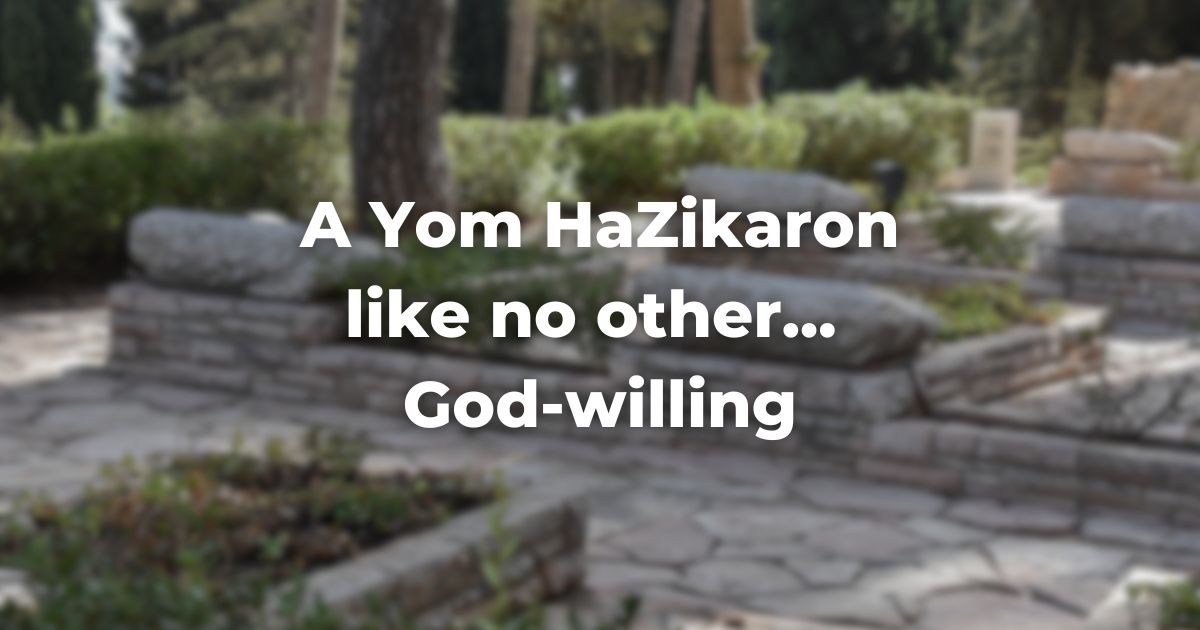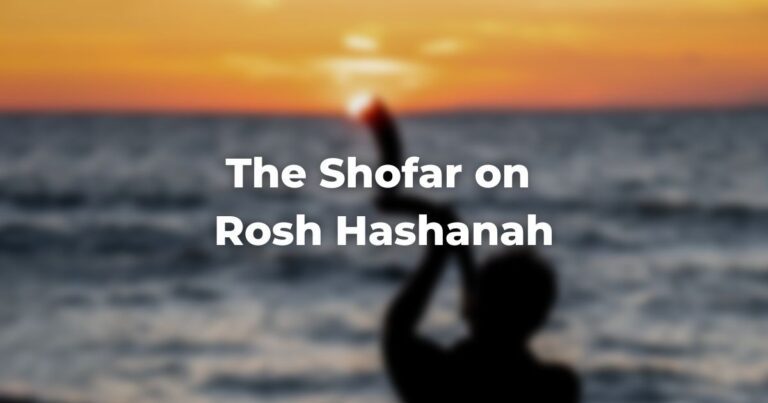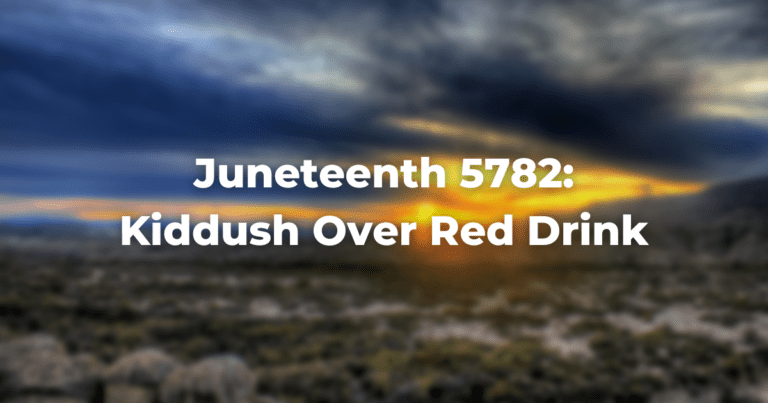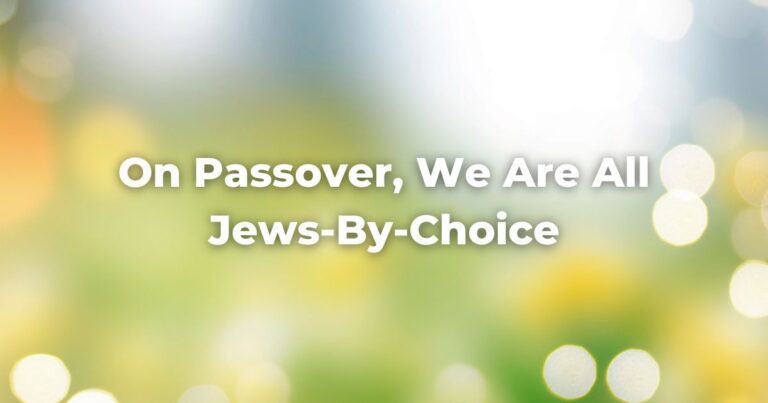I write from Israel where we are all struggling with how to come together this year. How to acknowledge the losses of those we have loved and hold the intensity of the losses suffered since October 7th, 2024. While we try to “hold it together.”
As I write this, on Monday, May 6, 2024, 608 IDF troops have been killed in this war.
Six-hundred-and-eight sons and daughters, grandsons and granddaughters, neighbors, friends, partners, parents. Nobody is an anonymous somebody.
Yom HaZikaron, May 12th (4th of Iyyar on the Jewish calendar), is the first of two national holidays – hayamim hale’umi’im/הַיָּמִים הַלְּאֻמִּיִּים in Israel.
This is Israel’s Memorial Day, but the experience of this day in Israel is palpably different from the way most Americans experience the US holiday of the same name.
The official name for this day is: Yom hazikaron l’hal’lei ma’arkhot yisrael ul’hal’lei p’ulot ha’eivah / Memorial Day for the Fallen of Israel’s Defense Forces and Victims of Terrorist Actions / יוֹם הַזִּכָּרוֹן לְחַלְלֵי מַעַרְכוֹת יִשְׂרָאֵל וּלְחַלְלֵי פְּעֻלּוֹת הָאֵיבָה.
The second of Israel’s national days is Yom Ha’Atzma’ut/Israel Independence Day / יוֹם הָעַצְמָאוּת.
In the United States, the analog holidays are fixtures of the annual national calendar. Memorial Day is the last Monday of May and Independence Day on the iconic date, July 4th. There is a pronounced difference in the way these days are anticipated and marked between the United States and Israel.
There has been a day devoted to remembering the fallen here in Israel even before the State of Israel was established in 1948.
In 1963, the Knesset, the Israeli Parliament, set the dates of these commemorations making them back to back. That is, as Yom HaZikaron/Memorial Day ends at sunset [marking the end of the day on the Hebrew calendar] and Yom Ha’atzma’ut/Independence Day begins.
It is an emotionally fraught transition every single year, and it is designed to be just that so that we will always connect the sacrifices of lives that have been made to establish and protect the State with the celebration of another year of independence. An additional year of independence is not to be taken for granted.
On a “regular” year, we mark the beginning of Yom HaZikaron with a one-minute siren, around 8 pm [depending on the time of sunset that particular year]. There is a second, two-minute siren in the morning at 11 am. If you are not sitting at home when the siren goes off, you witness the most intense moment of the year:
Everyone stops. Everything stops.
Busses stop and everyone stands up.
Cars stop on side streets and highways and people get out and stand next to their cars.
People stand stock still on sidewalks. On their balconies. They stand next to their desks at work or next to their shopping carts in the market.
That’s a “regular” Yom Hazikaron.
All of that will happen again this year, of course. And yet, we are all bracing ourselves for the day and for the transition from Yom HaZikaron to Yom Ha’Atzma’ut.
It must be different this year, while our troops are still falling and getting wounded, as post-army youth, those who’ve finished their mandatory service, are back in uniform and many parents are on reserve duty. In an unprecedented move, the annual ceremony of transition held on Mount Herzl will not be held live but a recorded version of that iconic torch-lighting ceremony will be broadcast instead.
No one knows how this will feel, or how we should best craft our local transition ceremonies.
Even before Simhat Torah 5784 and the Hamas attack, everyone in Israel had a personal, emotional engagement with Yom HaZikaron.
We are a small country, after all.
With the tiniest percentage of exceptions after high school everyone serves in one context or another: in the Israel Defense Forces, in a related service branch, or in national service. This means that there are no “degrees of separation” here. We may not all have lost an immediate relative or friend, but we all have a friend or community member who has lost a friend or relative or schoolmate.
There is nothing theoretical about the sense of loss and mourning on Yom HaZikaron.
One poignant example of how cultural associations have changed is expressed in this graphic from a highly respected psychological research, training and support organization, the Adler Institute:
The little girl, holding her mother’s hand is asking: “Mommy, when the siren goes off, do we have to go to the safe room?”
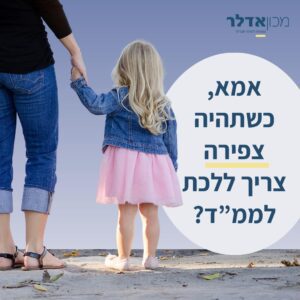
This graphic is meant for parents, flagging a potentially traumatic moment for children around the country.
Up until October 7th, for most Israelis around the country, sirens have meant “stand still, we are marking this moment as a nation: Remembering the victims of the Holocaust or remembering those who gave their lives to ensure Israel’s continued existence.”
Now sirens have come to mean something much more disruptive in the lives of children.
Could the siren mean they are sending missiles again?
Could the siren mean they are sending missiles to our neighborhood for the first time?
I admit, even in the calmest of years, that piercing, persistent siren makes your heart leap. Two minutes is longer than you might think. Even though you know it’s going to happen. Even though you know that there would have been warnings from the Government’s security app that alerts us to potential security breaches.
Nonetheless. This year, there are too many associations with recent sirens for anyone to hold onto their equanimity.
Every city, neighborhood, town, kibbutz, moshav, and village holds a ceremony for Yom HaZikaron. It is important to note that there is a Druze pre-army training center near Haifa and also a Bedouin center close to us where I live in the Jezreel Valley, and that Yom HaZikaron ceremonies are held at both sites.
Everyone who has sacrificed their life so that Israel can remain an independent country is mourned and cherished.
Author
-


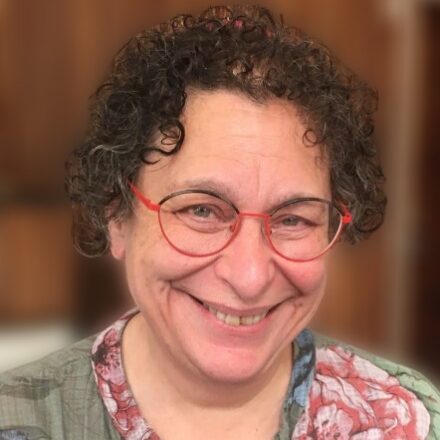
Rabbi Amy Levin is the past president of the Rabbinical Assembly of Israel, and is the second woman ordained by the Masorti Schechter Rabbinical Seminary in Jerusalem. Rabbi Levin trained in the "Consulting for Vital Congregations" program of The Alban Institute, has taught at the Schechter Institute and The Conservative Yeshiva. She serves on the Committee on Jewish Law and Standards and the Vaad Hakavod, the Ethics Committee, of the international Rabbinical Assembly. She lives on Hanaton in Israel from where she provides consulting services to congregations and clergy through her platform: Tzibur Strategies: for Thriving Sacred Communities and Their Leaders and is periodically available for scholar-in-residence weekends in the United States.
View all posts

